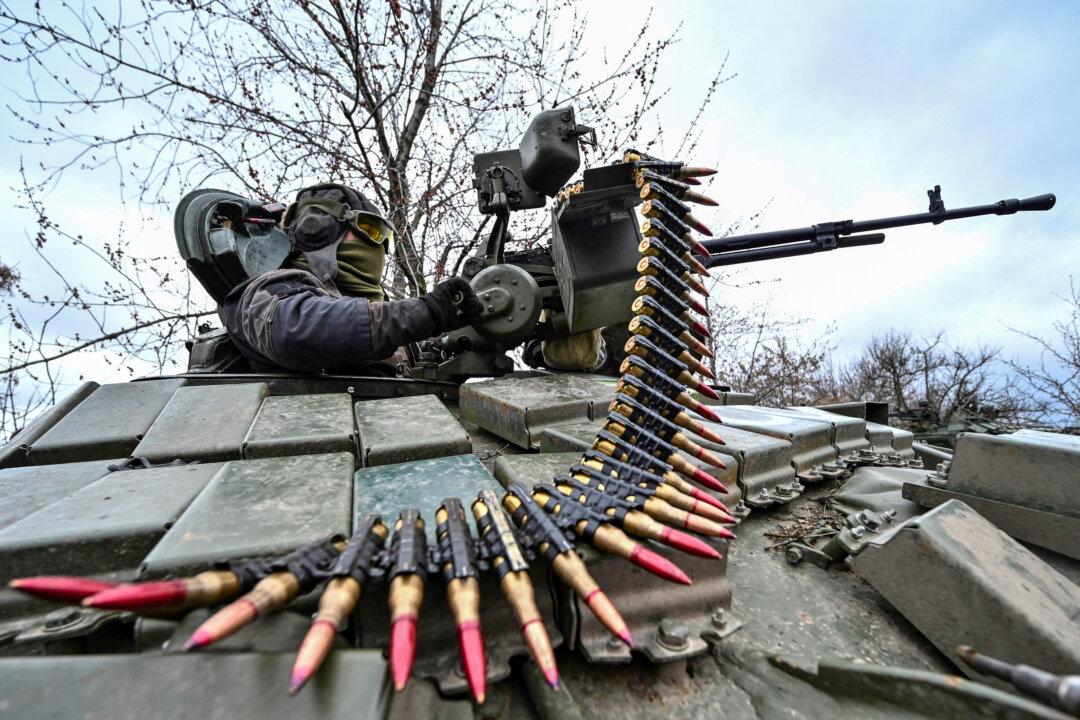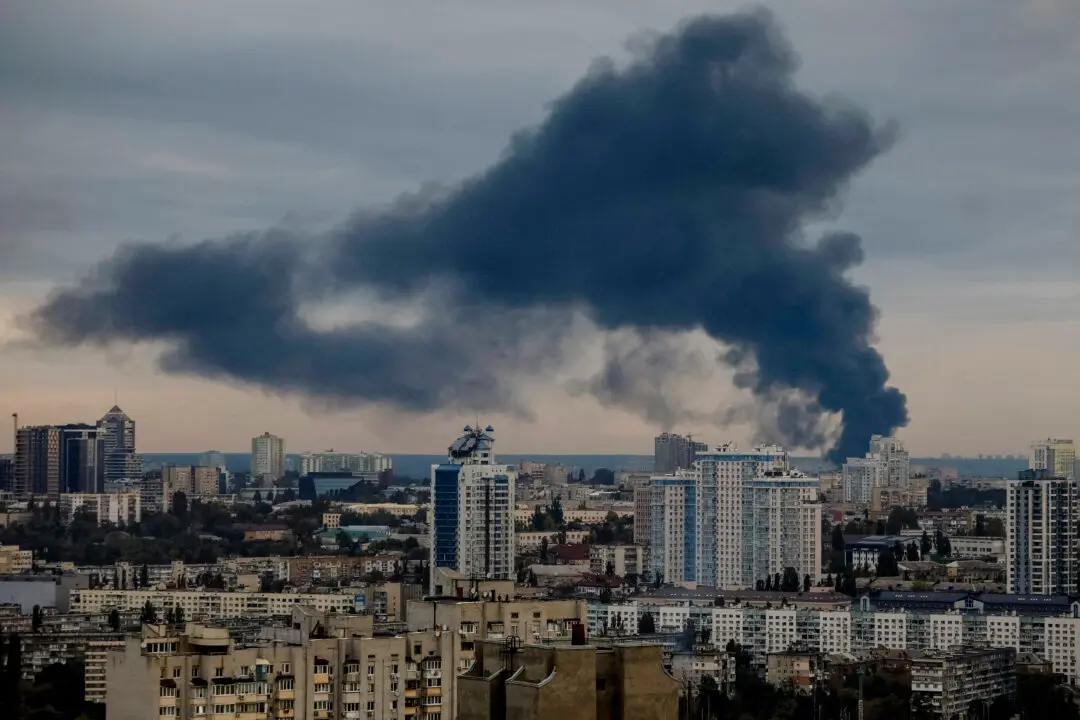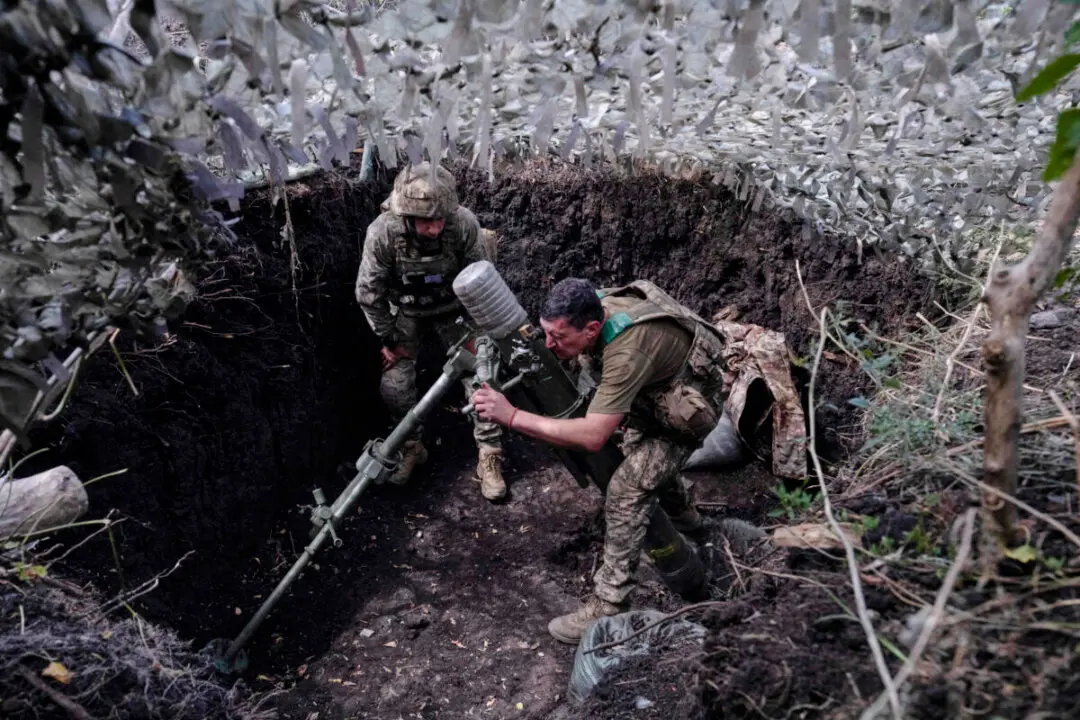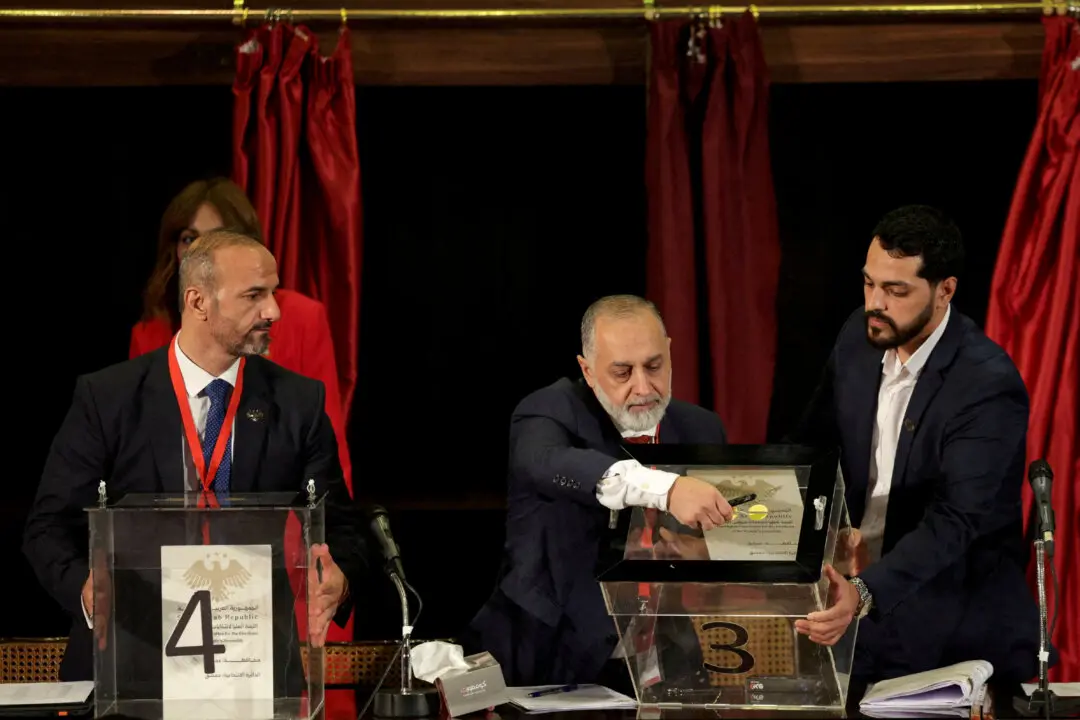Several classified documents that detail U.S. and NATO plans to assist an anticipated springtime Ukrainian counter-offensive appear to have been leaked online, according to mainstream media reports.
On April 6, The New York Times reported that the documents—which contain sensitive military information—had been posted on Twitter and Telegram and were being shared on pro-Russia social media accounts.





